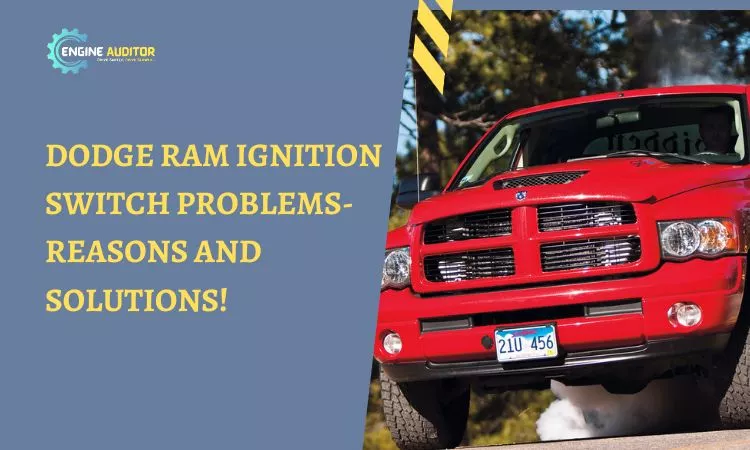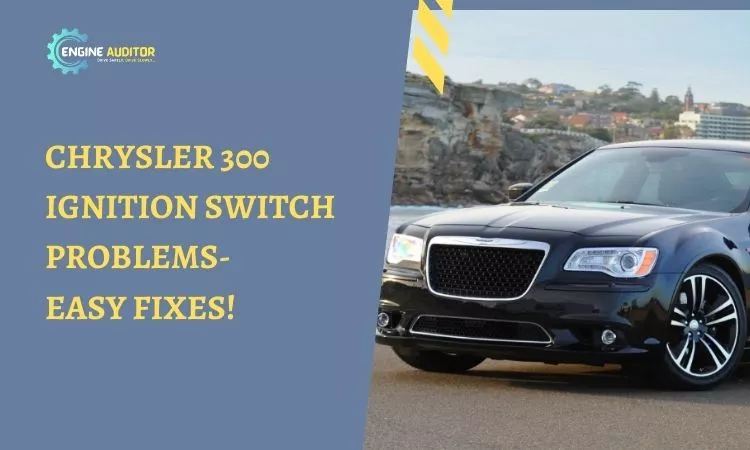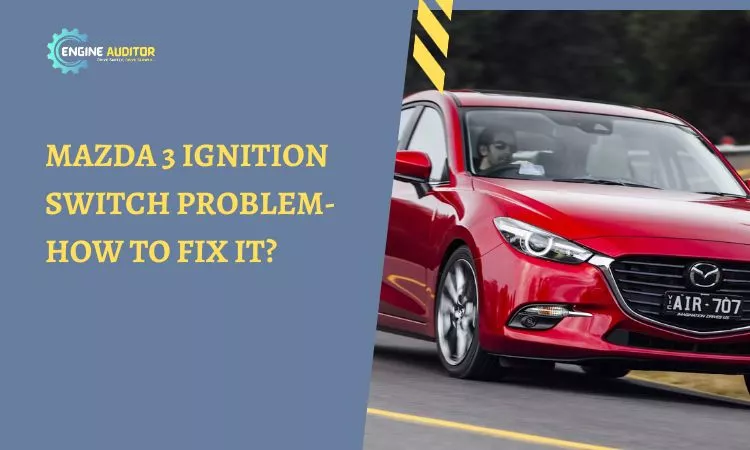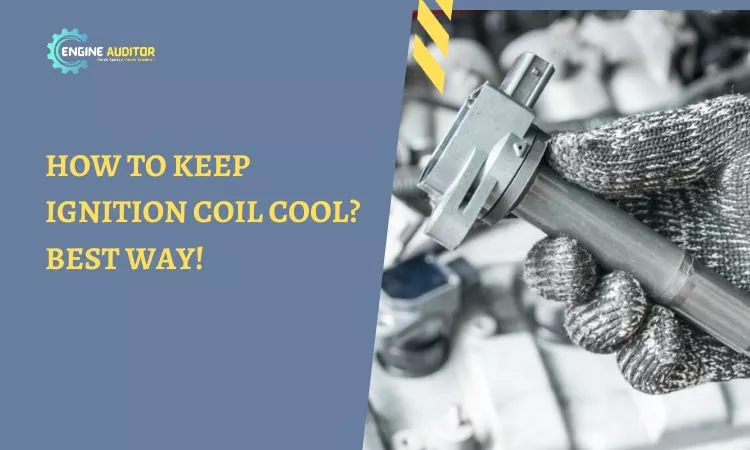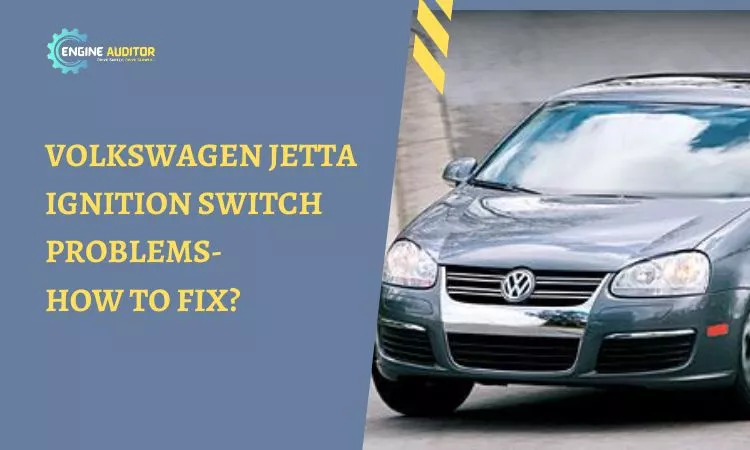Hey there! This post contains affiliate links to products. We may receive a commission for purchases made through these links. But it never influences our product selection process.
The mechanical components receive enough power from the ignition coil to operate smoothly. If it does not work, you might run into a few issues. It needs immediate fixation to get rid of issues.
How to troubleshoot Dodge charger Ignition coil problems? Damaged spark plugs and vibrations are the most common causes of ignition coil problems. You may need to replace the spark plug or install the vibration-dampening material to fix the issue. However, you may also check moisture, corrosion, fuel quality, and coil age.
Fixing the Ignition coil on the Dodge Charger is easy if you follow my guide.
Symptoms of Dodge Charger Ignition Coil Problems
There are many performance issues that may early warn you about the ignition coil problems on your Dodge Charger. I have listed the most common signs Dodge Charger users report for a bad ignition coil.
- Poor fuel economy could be a sign of an ignition coil failure. A malfunctioning coil reduces the power available to spark plugs that use more fuel than usual.
- Vehicle backfiring is also a major sign of ignition coil failure. It occurs as a result of exhaust system emissions from wasted fuel. Longer durations may cause the exhaust system to be harmed.
- Irregular sparks can also damage the spark plugs, and you may experience no power to the engine. It can be a severe issue if the engine suddenly stalls.
- You may also notice problems starting your vehicle. Your vehicle takes more tries or a longer time to start.
- Engine misfires can be due to a faulty ignition coil. When you accelerate, your vehicle produces poor power that causes the engine to misfire.
- Another indication that the coil needs to be checked is an illuminated check engine light with the message “coil ignition problem.”
Driving with a bad ignition coil has several risks; find more details here: How long can I drive with a bad ignition coil?
Causes of Dodge Charger Ignition Coil Problems
Your Dodge Charger ignition coil may become faulty for various reasons. But among the reported issues, I have listed the five most common problems that may make your Dodge Charger ignition coil faulty.
- Damaged or Worn Spark Plugs
- Vibrations
- Moisture or Corrosion
- Poor Quality fuel
- Age and Mileage
Dodge Charger Ignition Coil Problems- How to Troubleshoot?
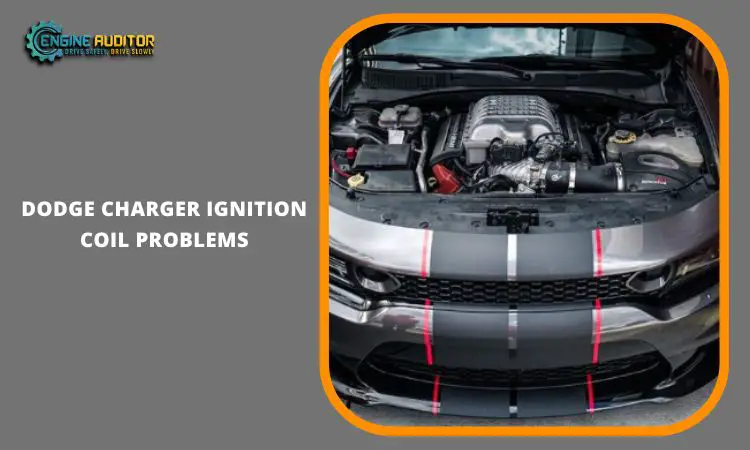
Problem 1: Damaged or Worn Spark Plugs
Worn Spark plugs can cause misfires due to poor voltage for the ignition coil. Due to constant stress on the coil, it may overheat, and its components or the coil may become faulty. You must check for spark plugs when fixing coil problems.
Solution:
- First, turn the ignition switch off and disconnect the battery
- Open the car’s hood and then check for the ignition spark plugs on the engine valve.
- Physically inspect and identify the faulty ignition spark plug
- Remove the damaged spark plug and use a compatible spark plug.
- Mount the new spark plug and reassemble the engine valve screws.
- Reconnect your battery and start your vehicle to ensure the problem has been fixed.
Problem 2: Vibration
Vibration can also cause wear and tear to your ignition coil’s components. Over time, vibration increases, and the electrical components near the ignition coil or its own become loose. You may experience insulation damage or the overall degradation of the coil.
Solution:
- Check for the ignition coil in the engine compartment
- Check for nearby items and the ignition coil itself
- Check for its mounting brackets and screws and ensure they are tight
- If they are loose, tighten them
- Insulate the surface by adding a vibration-dampening material
- Check for wires and connections
- Also, check the coil condition; if it needs replacement, replace it.
- Once replaced, turn your engine on and resolve the problem.
It may also help you fix ignition coil issues: Dodge Ram 1500 has no power at the coil
Problem 3: Moisture and Corrosion
Moisture and corrosion around the ignition coil can damage the insulation and electrical connections. It may lead to short circuits or weaken the deductive components. It may disrupt the coil and generate a spark to start the vehicle.
Solution:
- First, disconnect your battery to ensure safety
- Then, locate the ignition coil in the engine compartment
- Carefully remove the ignition coil and inspect for its components
- Clean the affected area and check for its parts; if damaged, replace them
- Apply the dielectric grease to prevent moisture in the future, but avoid using too much.
- Reconnect the coil, then the battery, and start the engine to confirm that the issue is removed.
Problem 4: Poor Quality Fuel
Poor-quality fuels have additives and impurities that may cause poor combustion in the engine. It may produce carbon deposits, making it hard for the ignition coil to work efficiently. Over time, it may completely fail.
Solution:
- Check your fuel specification and match it to the manufacturer’s recommendation.
- Make sure it is the same as the recommended level.
- If the fuel is of poor quality, remove all the fuel and refill the tank with good-quality fuel to ensure the smooth functioning of the ignition coil.
- Also, check the coil; if it is damaged, replace it with a compatible ignition coil.
Problem 5: Age and Mileage
An ignition coil has a specific lifespan; it may perform less perfectly if it reaches its expiration date. You may experience wear and tear or poor performance. Even if the ignition coil is operational, it is preferable to replace it.
Solution:
- Switch off your engine and open the car’s hood
- Now, locate the ignition coil in the engine compartment
- Gently remove it and read the instructions on the coil; you may find its expiration date. However, if it is unavailable, try to find the packet to confirm its date.
- If you do not have both, check your engine mileage. The ignition coil has reached the end of its useful life if the mileage has exceeded 100,000 miles. To achieve satisfactory performance, it is time to replace it.
To keep your coil operating well, it needs to be properly cared for and maintained. It may help you maintain your ignition coil: How to keep ignition coil from overheating?
Dodge Charger Ignition Coil Replacement
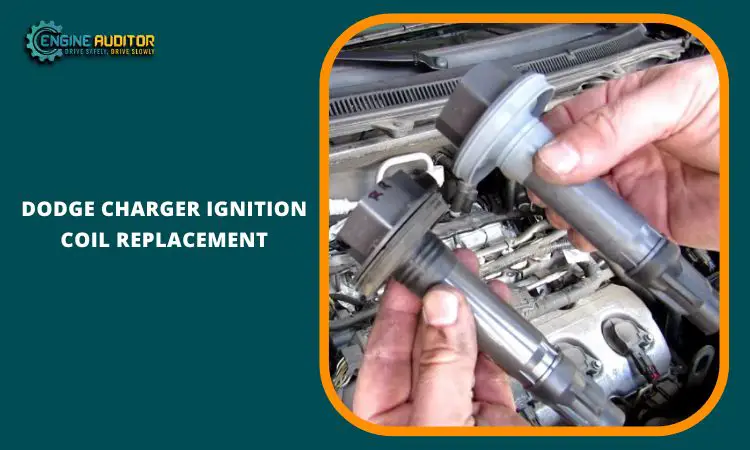
If you follow my instructions below, replacing an ignition coil on your Dodge Charger is a simple job.
- Turn off the engine and then disconnect the battery. Let your vehicle cool for 30 to 40 minutes to cool its engine.
- Then, open the car’s hood and locate the ignition coil in the engine compartment
- Unbolt the ignition coil and remove it gently
- Then install the new ignition coil and screw it tightly
- Reconnect the battery and close the car’s hood
- Start your engine and ensure it runs smoothly
Dodge Charger Ignition Coil Replacement Cost
The cost of replacing an ignition coil may vary depending on your chosen coil. It might cost you roughly $20 if you replace yourself. But it may cost 100 to 150 dollars if you seek professional assistance.
It may also help you fix Dodge Ram ignition switch issues: Dodge Ram ignition switch problems and solutions.
Frequently Asked Questions (FAQs):
Can a bad ignition coil cause vibration?
Yes, a bad ignition coil can cause vibration in a vehicle’s engine. It happens due to poor combustion and generating less power. It leads to engine misfires and vibration. It needs to replace the ignition coil to fix the issue.
Can a bad ignition coil be the culprit for the rough idle?
Yes, a bad ignition coil on your vehicle can be the culprit for the rough idle. It may lead to uneven spark plug firing and poor combustion, which may cause a rough idle.
Can a bad ignition coil be the reason for no start?
Yes, a bad ignition coil can cause a no-start condition in a vehicle. It is responsible for generating the spark to ignite the fuel in the engine. If it fails, it will also fail to ignite the fuel to start the engine.
Can a bad ignition coil cause white smoke?
Yes, a faulty ignition coil can potentially cause white smoke from the exhaust. When an ignition coil fails, it causes incomplete combustion in the engine. The unburned fuel may enter the exhaust. This can result in white smoke as the unburned fuel is expelled.
Conclusion
An ignition coil may have problems for various reasons. If you have an issue with your Dodge Charger ignition coil, identify the cause first. Once you identify the cause, fix it according to the above instructions. However, only do it if you are confident in your skills.


